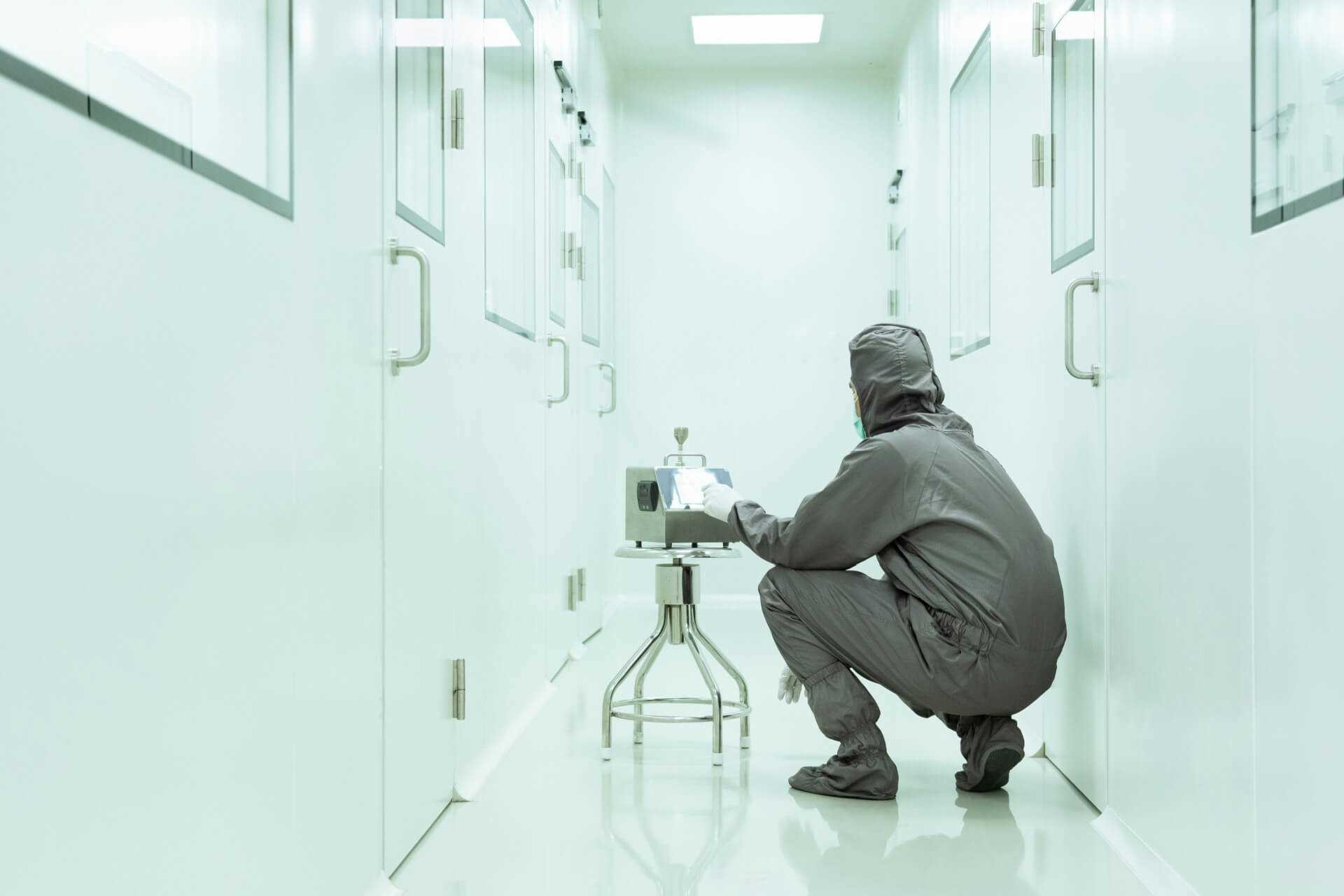
Why Contamination Control Isn’t One-Size-Fits-All
In the world of pharmaceutical production, there’s no such thing as a universal solution for contamination control. Each cleanroom, facility, and operation is built differently—with unique equipment, processes, and regulatory expectations. Yet, many providers still apply a one-size-fits-all approach to decontamination, often overlooking critical differences that impact sterility.
At Vibraclean, we take a different approach. Our contamination control solutions are tailored to the specific needs of each environment. Why? Because that’s the only way to guarantee the level of cleanliness, safety, and compliance required in today’s high-stakes pharmaceutical industry.
Not All Cleanrooms Are Created Equal
Cleanrooms are categorized by ISO classifications or GMP standards, depending on the industry and region. These classifications are based on the allowable concentration of airborne particles and microbial presence in the environment. A cleanroom used for manufacturing sterile injectables, for instance, will demand significantly tighter controls than one used for non-sterile compounding.
Even within the same ISO class, the layout, equipment, airflow patterns, and usage vary widely from one facility to another. These variables directly impact how contamination can spread—and therefore, how it should be controlled. Generic methods simply don’t account for these nuances.
Equipment Sensitivity and Compatibility
Pharmaceutical cleanrooms are home to highly sensitive equipment—each with different material compositions, mechanical tolerances, and cleaning compatibility requirements. A sterilant that works well for one piece of machinery could corrode another or leave behind residues that affect product quality.
This is why Vibraclean carefully selects decontamination agents and methods based on the equipment in each facility. Whether it’s ensuring compatibility with stainless steel finishes or protecting delicate filtration systems, we tailor our processes to avoid any damage while still achieving maximum microbial reduction.
Product Type Determines the Risk
The type of product being manufactured plays a significant role in determining contamination control strategies. Products that are sterile, injectable, or inhalable carry a much higher risk to patient safety if contaminated. As a result, these environments require more frequent and thorough decontamination, often using advanced technologies like ionized hydrogen peroxide (iHP) or specialized manual disinfection protocols.
Conversely, oral solids or topical products may fall under less stringent requirements, but still demand careful contamination control to meet GMP guidelines. Vibraclean adjusts protocols accordingly, ensuring each facility’s needs are met without overburdening resources or applying unnecessary methods.
Facility Design Influences Contamination Risk
The physical structure of a cleanroom—its shape, number of access points, adjacent spaces, and HVAC design—has a direct effect on how contaminants behave. Dead corners, shared corridors, or improperly balanced airflow can become hotspots for microbial or particulate buildup.
Our decontamination strategy always starts with a comprehensive site assessment, where we map out the risk zones, equipment layout, and traffic patterns. This allows us to design a targeted cleaning plan that focuses on high-risk areas and adapts to the physical characteristics of your space.
Regulatory Expectations Vary Across Facilities
Compliance requirements vary depending on product type, target markets, and regulatory bodies. A cleanroom in Canada may need to comply with Health Canada and EU GMP guidelines, while one in the U.S. must meet FDA and USP standards. These differences can affect everything from acceptable particle counts to cleaning frequencies.
Rather than apply a blanket solution, Vibraclean adapts its approach to align with the specific regulatory framework your facility is bound to. We help ensure not only effective decontamination, but thorough documentation and validation for inspections and audits.
Vibraclean’s Custom-Tailored Approach
At Vibraclean, we understand that there is no magic formula for contamination control. That’s why we don’t use pre-packaged solutions. Instead, we work closely with your quality, operations, and engineering teams to understand your facility’s unique risks and requirements.
Our services include:
• Facility-specific contamination risk assessments
• Customized cleaning protocols and schedules
• Selection of appropriate sterilants and technologies (iHP, fogging, HVAC decon, etc.)
• Validation protocols aligned with your regulatory obligations
We bring over 25 years of experience in critical environment decontamination, backed by rigorous training and adherence to ISO 14644:2015 and GMP standards.
Contamination control isn’t a checkbox—it’s an ongoing, adaptive process. The reality is that every pharmaceutical facility has its own risks, design challenges, and regulatory pressures. A one-size-fits-all solution simply doesn’t work.
That’s why Vibraclean takes the time to understand your environment and provide contamination control strategies built around your specific needs. Because when it comes to ensuring sterility, customization isn’t just a bonus—it’s a requirement.
